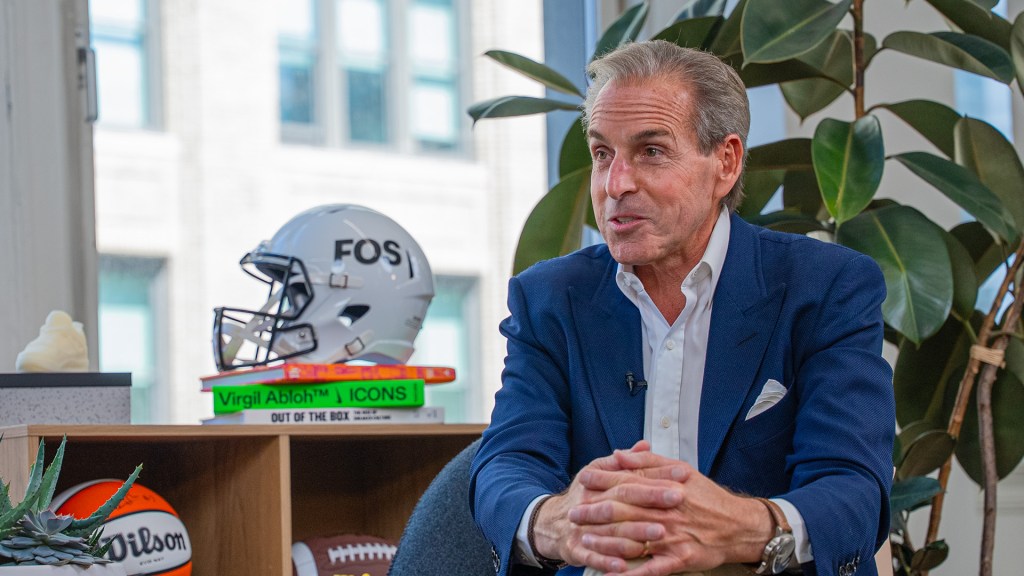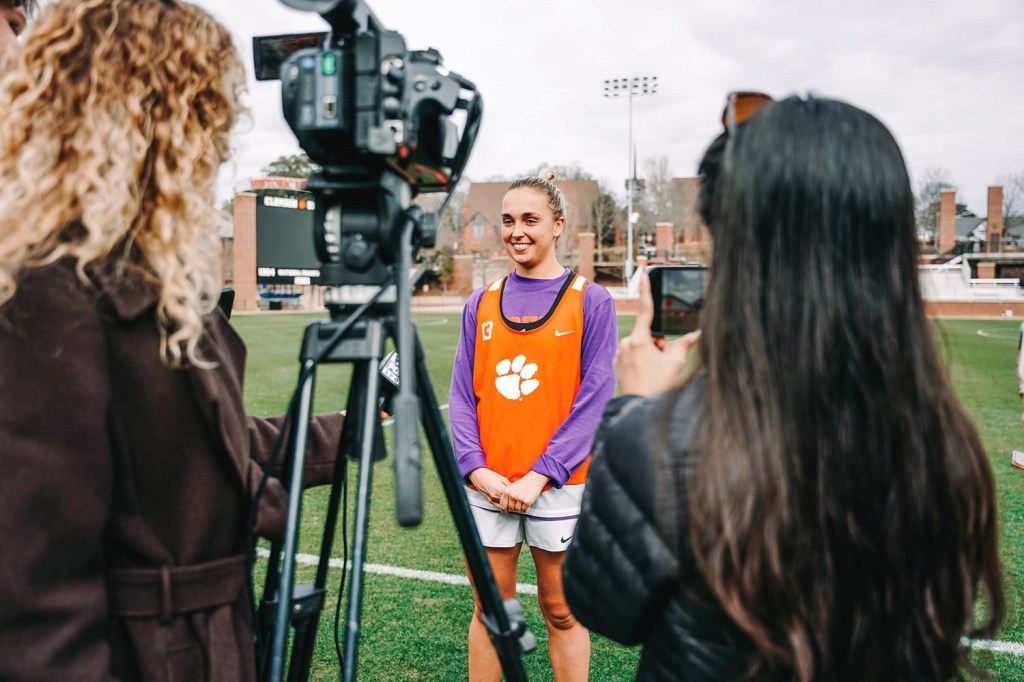
Photo via the NBPA
The moment they step off the court for the last time, NBA players experience a series of life changes, both professionally and personally. In an aim to address those changes, former NBA player Antonio Davis and the National Basketball Players Association have spearheaded a player program called Off the Court to assist those players as they make the transition.
Off the Court, which has been in place for just over a year, helps players with themes like mental health, finances, career goals, health and wellness, and philanthropy.
“That’s why I called it Off the Court — it’s everything when you step off the floor,” said Davis, who serves as the director of Off the Court. “There are a lot of different aspects. Older guys can tell you what they were feeling now, but as you’re going through that, you don’t understand what you’re going through or what you’re feeling.”
Although the NBPA as a whole provides guidance for players as they enter the league, and the National Basketball Retired Players Association assists former players, the idea for Off the Court arose when Davis realized there was a gap in the support for players in between those two stages of life.
LISTEN: Rob Perez’s Journey from Ticketing Entrepreneur to NBA Personality
“You know, in reality, and it’s nobody’s fault, but the system is just broken,” he said. “In any situation, you take a kid from 19 to 23 years old, and you do everything for him, so he’s not really exercising that decision-making muscle. You give him a ton of money and access to things, and then when he’s done, he’s done. There’s no real training on life.”
“I see this program as kind of bridging that gap,” he added. “The NBA and NBPA do a great job while they’re actively playing, then the retired players association, under the new guidance of Scott Rochelle, is doing a phenomenal job of recreating themselves and providing value.”
Speaking from his own experience as a 13-year NBA veteran, Davis said that most players don’t think about their post-playing careers while they’re still in the league.
“The average time in the NBA is four years,” he said. “For some, they come in at 19, 20, 21 or 22, and they’re done by 26 or 27, so they’re really young. Hopefully, they’ve saved some money, but that’s not always the way it happens. It’s hard. I was in those same shoes — it’s hard to fathom constructing a plan for not playing when you’re still focused on playing.”
Davis also explained that athletes who are nearing the end of their playing careers feel a mix of emotions, so Off the Court looks to support them through it all.
“There’s a loss of self, the mental part of it, plus physically taking care of yourself, and there are roles you have to step back into whether you’re a father or a husband, so they’re wrapping their mind around all those things,” he said. “It’s normal, but you should have a plan.”
A key part of Davis’s job is determining which players are in need of the Off the Court services.
[mc4wp_form id=”8260″]
“What I try to do is identify guys at the end of their careers, who’ve played so many years, or younger guys not playing in the NBA but still trying to play, so they’re in the G League or overseas,” he said. “For this program, we say transition — it’s identifying guys who are in that process of two things: you’re going to decide not to play anymore, or you’re not going to get another contract. So, the NBA decides, or you decide.”
Players then undergo a series of examinations from physical exams to financial assessments so Davis and his team can decide how best to help.
“We try not to pry too much, but we’re finding out where they are before we help, with health and finance,” Davis said. “We give a full assessment then pull resources like career development, mental health, player benefits and player programs. We want to be resources so players know as they’re transitioning, they have support and they have someone they can call who they can trust and who has answers.”
Financial literacy is a major focus for the group as it helps players understand their benefits, health insurance, 401K and pension plan.
Equal emphasis has been placed on mental health, according to Davis.
“I think a lot of it — and I’m speaking for myself — is because of the culture,” he said. “As males, we don’t talk about it much. It’s refreshing that more guys are stepping up and saying, ‘I’m not Superman, I don’t have a cape. I’m a man who’s struggling with things, and I have these heavy feelings.’”
“We’re always connecting to the NBA, from healthcare partnering, to total wellness screenings, to access to different therapists in the system,” he added. “Guys are really excited about the resources.“
READ MORE: WNBA Teams Find Success Through Creative Partnerships
Since the implementation of the program, Davis has made a concerted effort to work with the players in person. In October, Off the Court held a two-and-a-half day workshop in New York called OTC 23.2, named for the 23.2 hours in a day that players spend outside the 48-minute time frame of an NBA game.
“They all left with a plan — here’s where I am in life, these are the action steps to take, I have a follow-up, and then I’m going to tackle the next thing,” Davis said. “The guys seemed to love that. Everybody got something different out of that.”
As a former player who has gone through the tough transition, Davis is aware of the importance of forward-thinking, as well as the potential benefits of a program like Off the Court.
“All they’ve done is played basketball, and they’ve spent a lot of time doing that, then we’re telling them to go find something else totally different to do,” he said. “There are only so many coaching or broadcast jobs, so you might have to do something totally different, and that’s scary and it’s tough, especially when you don’t have guidance. We try to do what we can to listen to what they need and want, and provide it.”

















